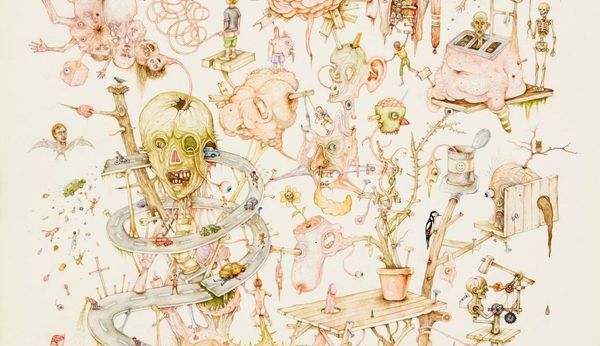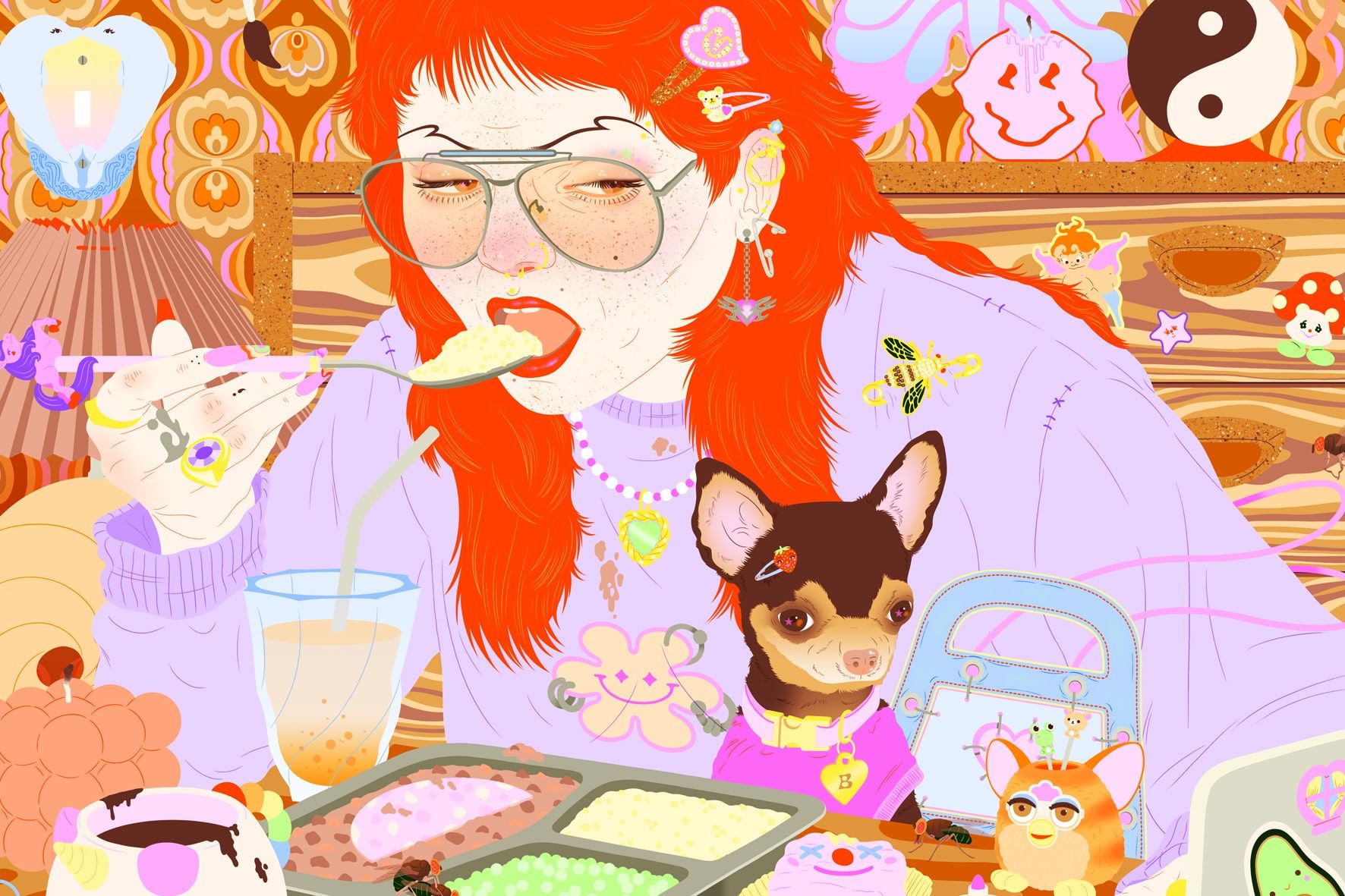She presents consumer society in her own grotesque, satirical world. Her talent has earned her a place in the world’s 100 best illustrators by Taschen, and she has worked with many major companies, but the greatest recognition for her is when someone can resonate with her characters. Her personality is absolutely captivating, she is truly someone whose head you would be honored to spend a day in.
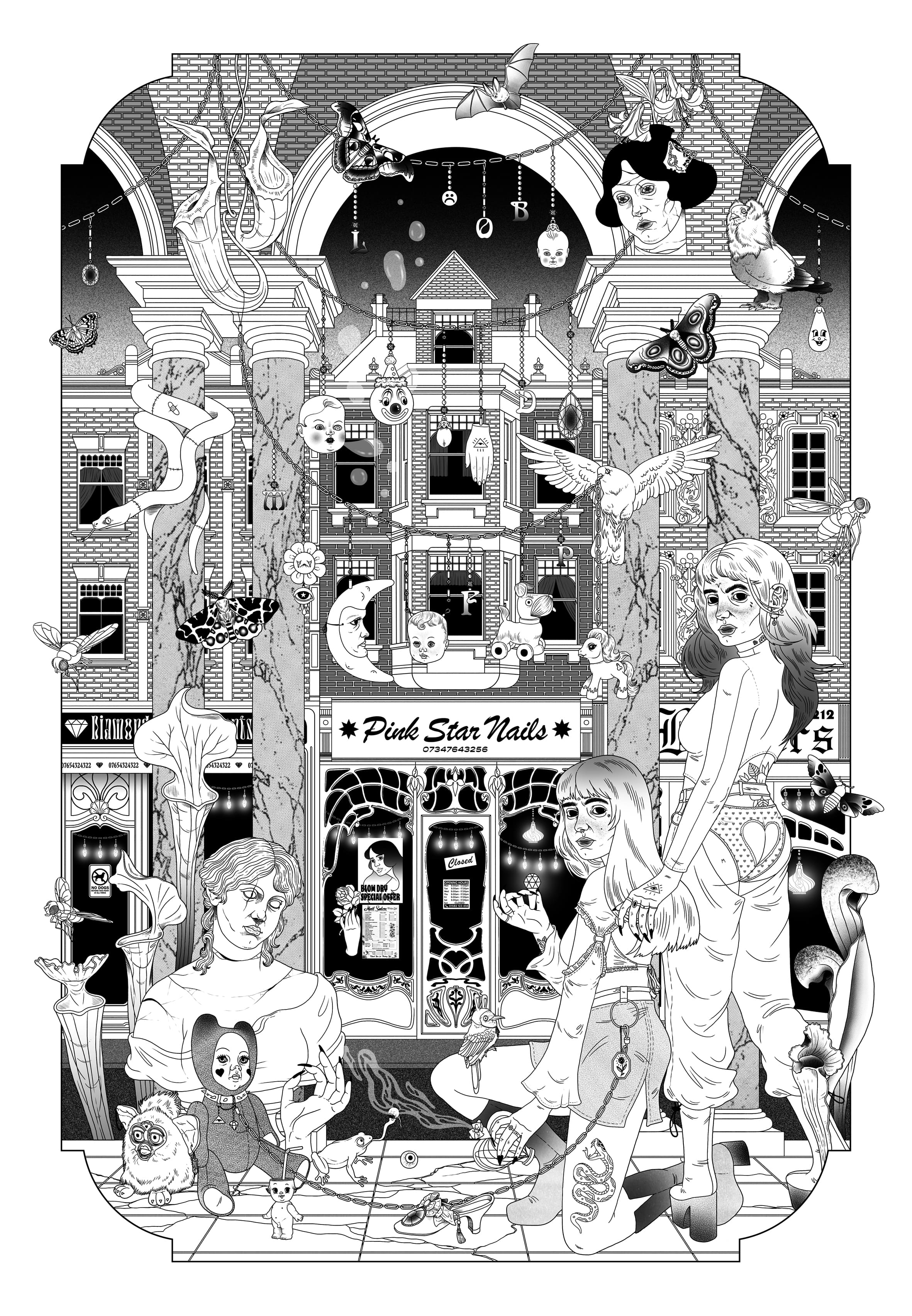
Tell us a bit about little Berta. What were you like when you were a child?
The way I remember, as a child I was a relatively reserved, quiet little girl who found it difficult to make friends. I loved creative tasks, like most children, because I could express myself the best through my drawings. Drawing has always been a crutch for me, it’s always helped me to capture the interest of my peers.

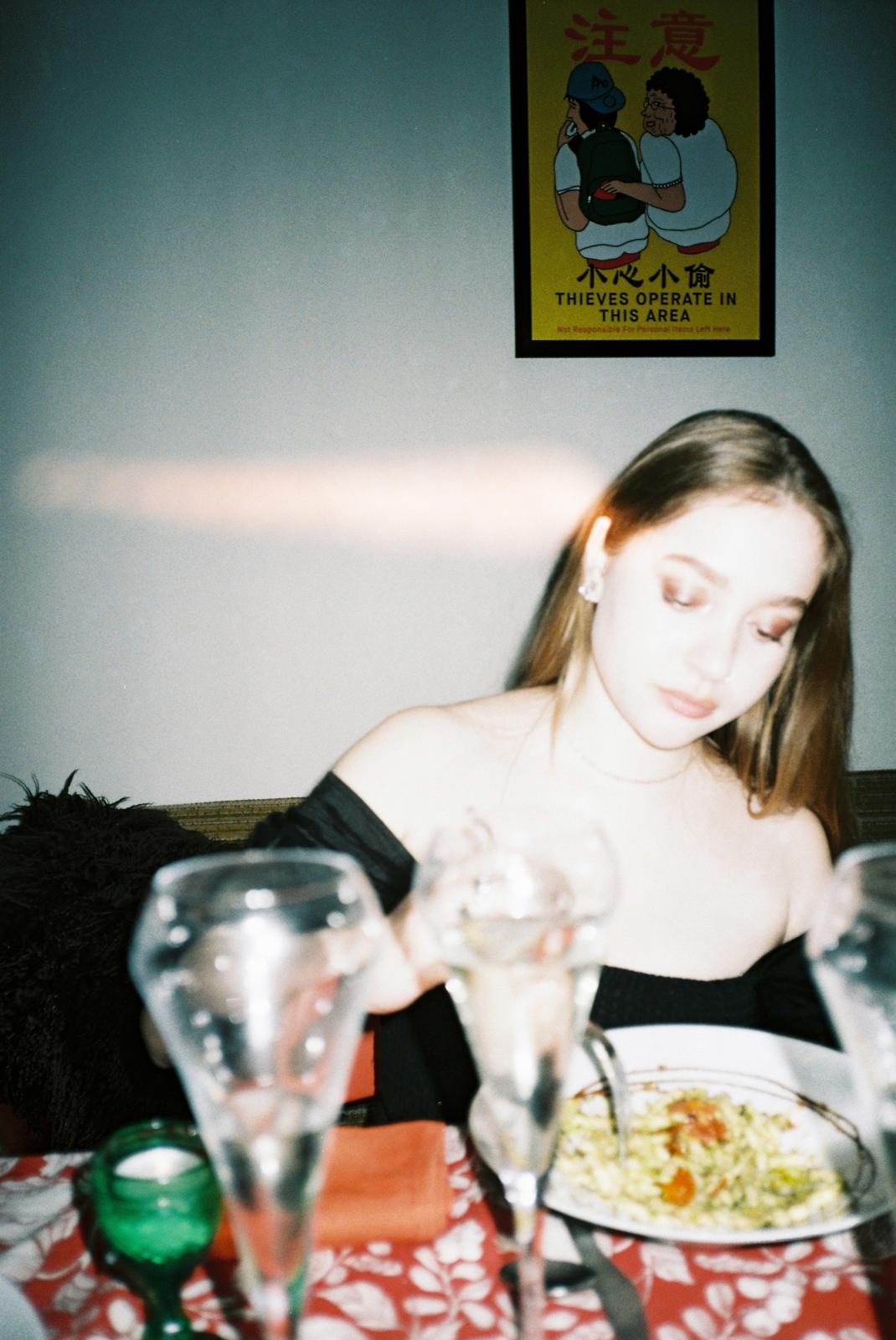
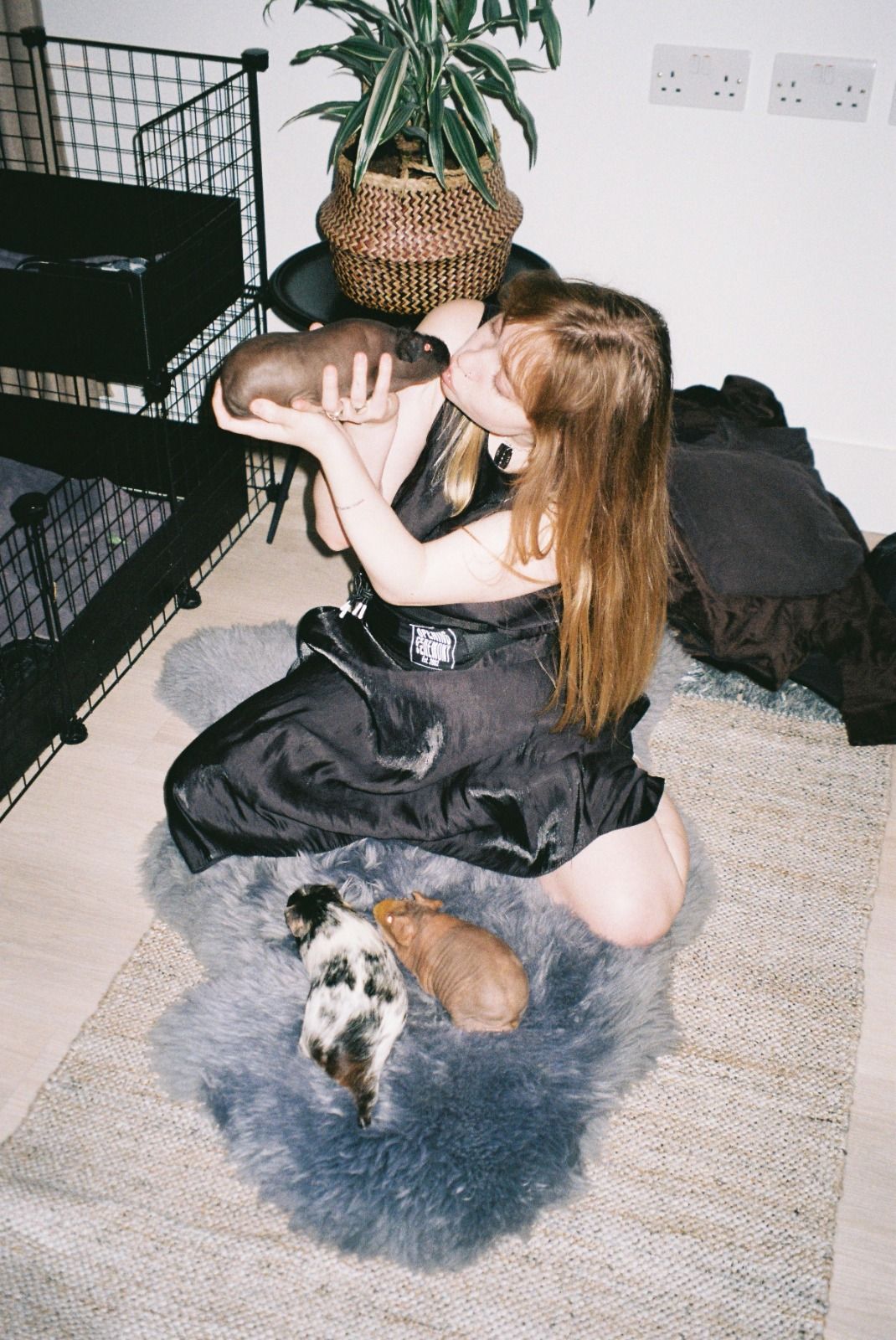
So you were not the naughtiest and loudest child in class.
Absolutely not! I was always an observer, more like a surveillance camera. I’m very attuned to the smallest details and quick to pick up on even the slightest signs of how to navigate in a community. I think this skill of mine is fully reflected in my work.
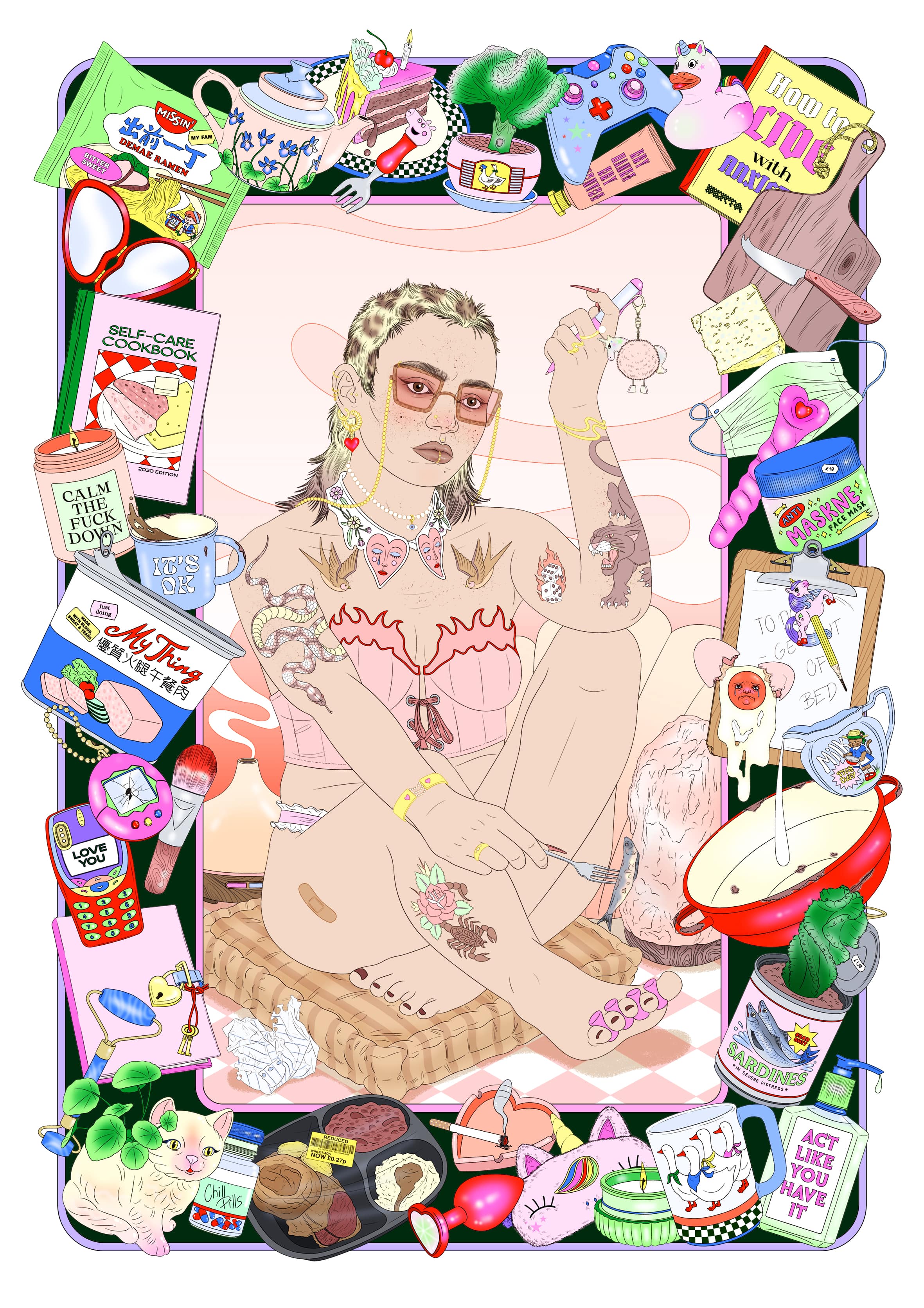
Your father is a Kossuth Prize– and Jászai Mari Award–winning artist. How much did all this influence your childhood?
I grew up in a very privileged environment. Although there are days when I wish I could live my life as a golden retriever in one of Orange County's sunny backyards, I know I was born into a very lucky family. My father is a theater director and my mother is a sociologist and anthropologist, so I received an extensive liberal arts education from an early age. They supported me in everything, from drawing to university.
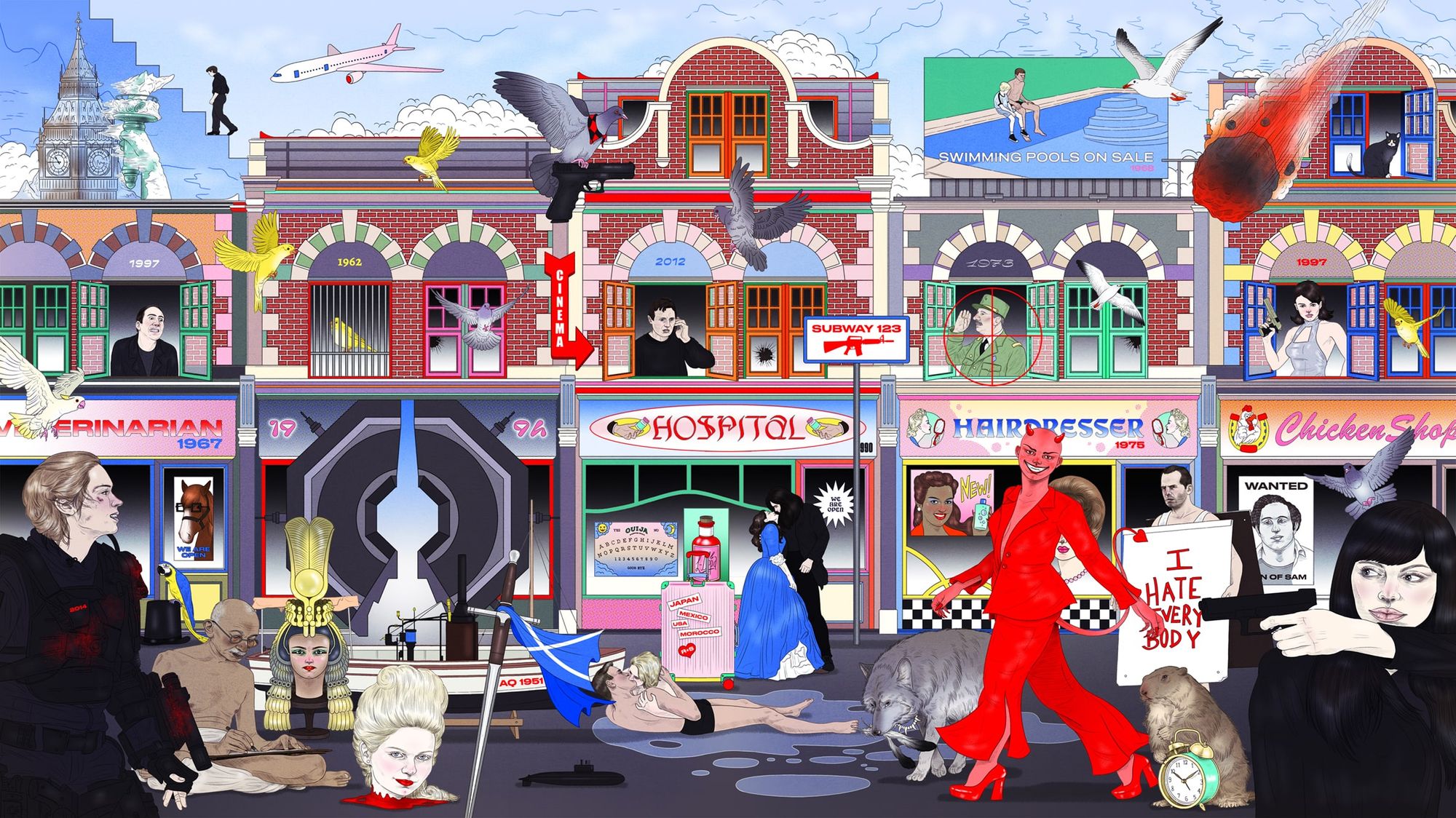
Did you have other plans besides illustration?
I had a wide range of interests as a child, I loved arts, but also sciences like chemistry and biology. I once got the idea that I could become an organ dealer. Of course, as a child I only knew about its financial benefits, I had little knowledge of the ethical and moral side. I was also drawn to plastic surgery, I think I’d make a good doctor. I want to help people, I have a strong savior complex, I just hate the sight of blood. I still think about it sometimes, but for now, I’m doing what I’m passionate about.
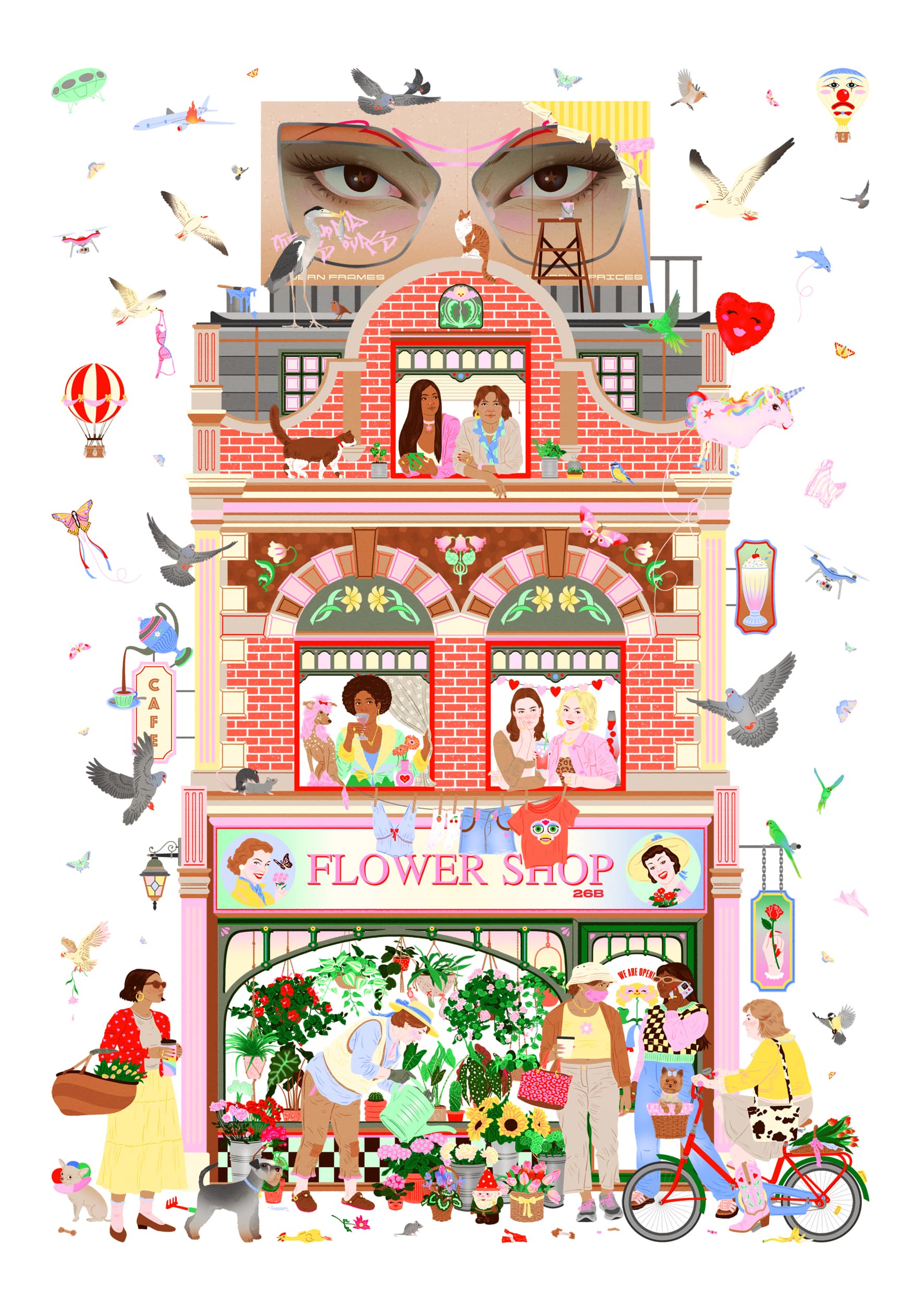
In what context did you start to take up drawing more seriously?
My parents enrolled me in the Art School of Buda. I studied animation in the class of Ferenc Rofusz, which became the most influential part of my childhood. It’s hard to find your voice as a teenager when the biggest problem is what to wear to impress the person you like. Feri’s classes focused on something completely different, he’s has an incredibly funny and positive personality, and I loved his sessions. He also recommended my future university. During high school, I took Rita Kopek’s and her son Kamen Anev’s classes at Studio 91, where I learned the basics: perspective drawing, nudes, portraits, and painting. I joined them four times a week in a wonderful community where I could finally feel comfortable and safe. They introduced me to the world of graphic design and I also created my portfolio for my university application here.
Why did you go abroad and how did you end up in London?
Thanks to Feri, I decided at the age of 14 to apply to Central Saint Martins, which is part of the University of the Arts London. As well as the innovative, bold world of London and it's iconic characters, I was also drawn to the need for independence. I was accepted into the graphic design department at CSM and later specialized in illustration. I had ambition and a sense of adventure to try something new, on my own, independently. I had been to London several times as a child and I fell in love with it: I was an avid tourist at first, but then I became fascinated by the culture.
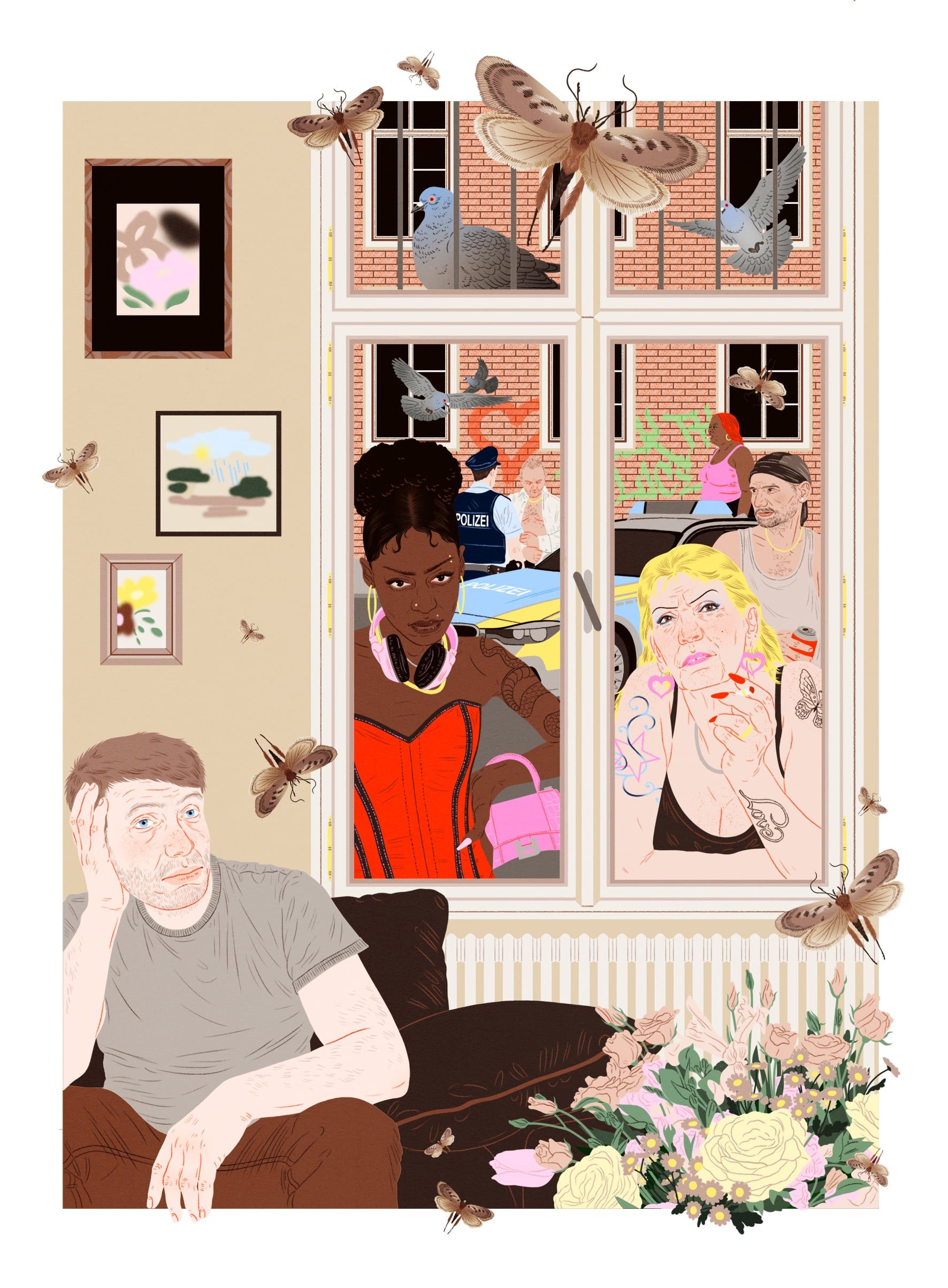

Did you encounter any teething troubles?
I moved to London right after I graduated from high school, which was naturally a bit hard on my mom. Looking back, I have to say it was a hell of a ride at first, the courses, trying to fit in, and not being able to use my native language. My best friend for the first few months was a mouse in my kitchen, I miss you Algernon. Now I’m quite confident, the rhythm of the city and its openness helped me a lot, especially professionally.
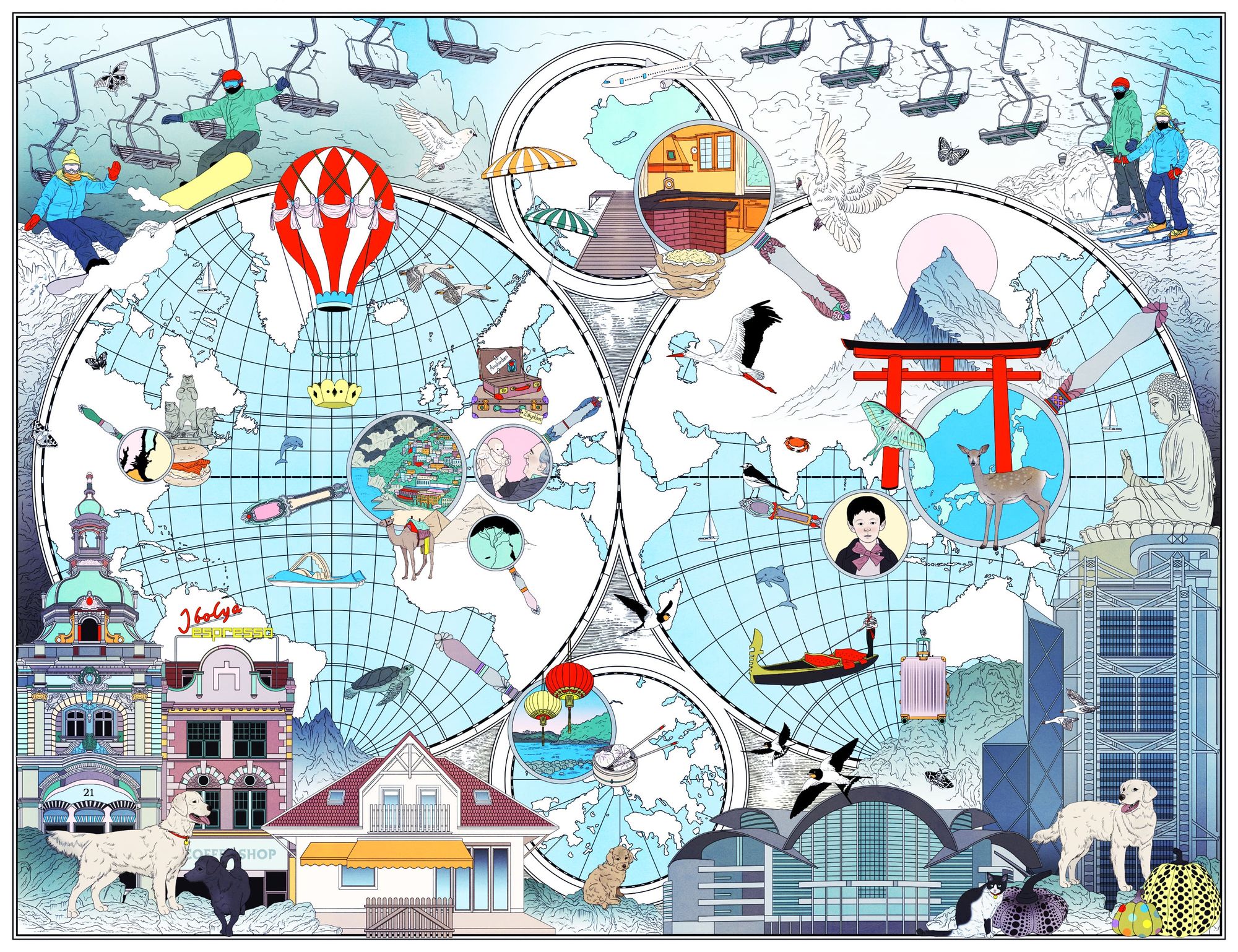
Your visual world is incredibly detailed, full of emotions and individual characters. Where do you draw inspiration from?
Completely trivial things, everyday moments and characters that are easy to exaggerate. When I’m on the bus, I often watch people’s facial expressions and wonder what they might be thinking about. So what I would like to know is how others experience the moments I see from the outside. I’m very much inspired by Gogol and his terribly grotesque sense of humor, while he treats his characters with love and care. I think we are similar in the sense that we see people’s flaws and turn them into virtues. My characters are alive: a bit grotesque, a bit funny, but very real.
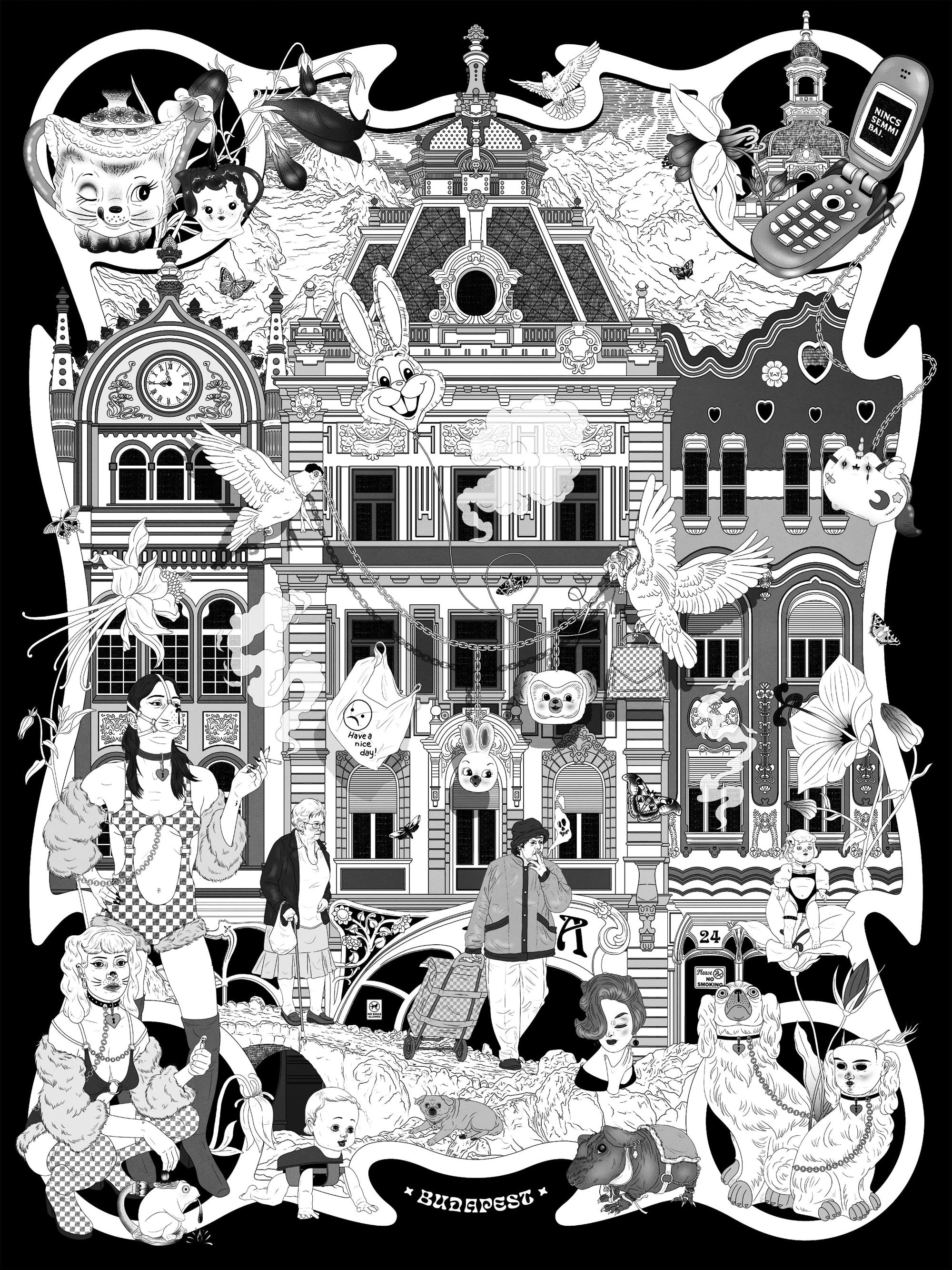
What does your creative process look like?
I usually sleep on the idea after a request, and in the morning, I have a vision or concept to start from. When creating a design, I do a lot of research, I like to work from my photographs taken on the streets of Budapest or London, which I regard as a kind of social photographs. I tend to make collages to see different layers and details that interest me, and then dive into the deep end. Sometimes inspiration just strikes, for example, for this print I photographed my sister, Lujza eating listlessly in front of her laptop. Of course, the character is not her, she just helped me with the initial composition.
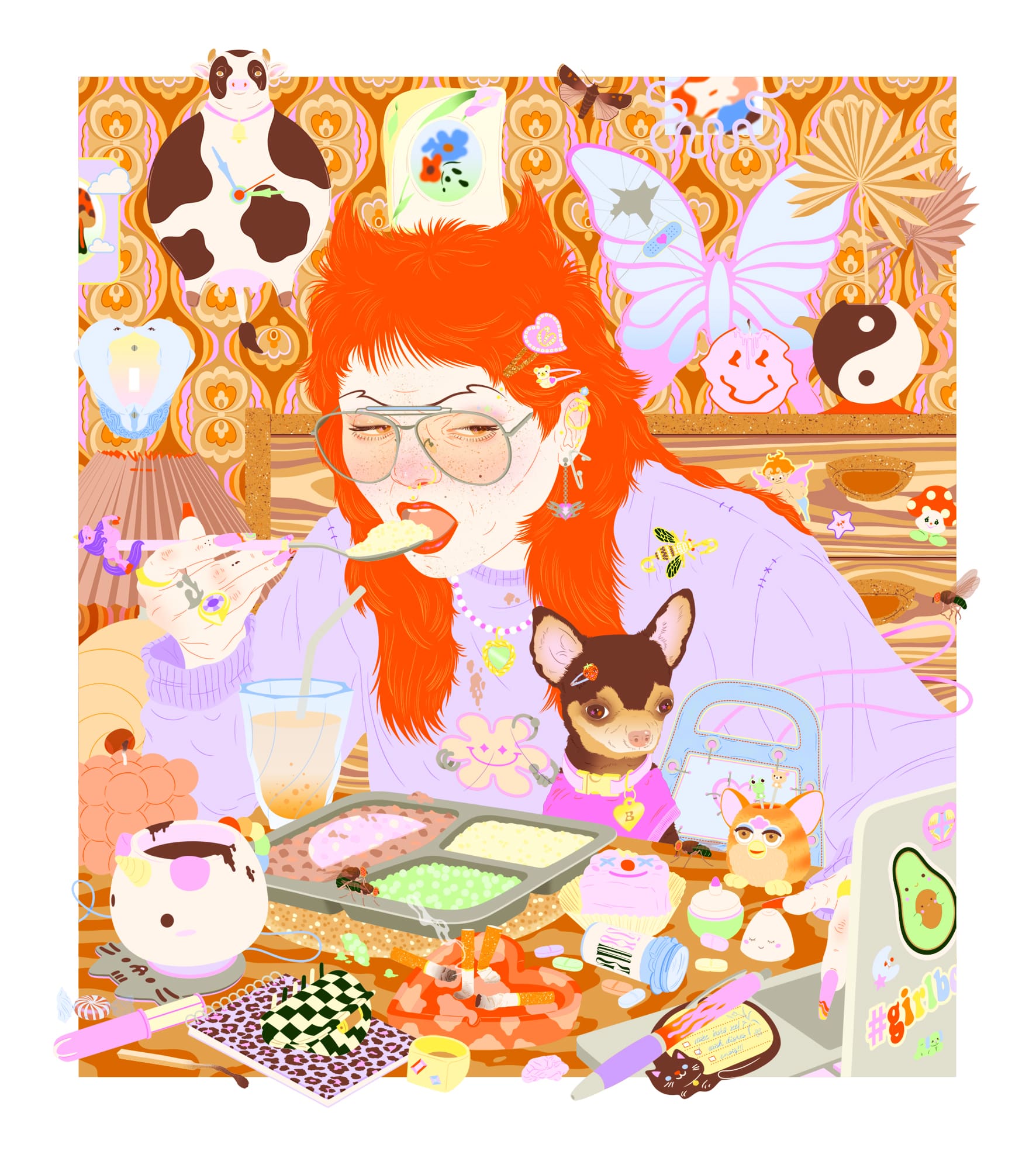
In your work, female figures appear more frequently. Do you prefer to draw inspiration from their lives?
I think they have slightly more interesting bodies and looks than men. I am a woman myself, so I can express a more personal voice in depicting situations and experiences in our lives. Somehow, society’s expectations burden us in different ways and pull us in many directions. Building a career, looking like a swimsuit model, starting a family, and being a good mother—these are somewhat contradictory expectations. As I approach thirty, I too feel the pressure of that biological clock ticking.


You show a ‘crooked mirror’ to the world while everyone is chasing the concept of ideal beauty. What’s your opinion on this?
I also have a dilemma with this. I find that there is a real part of life that surrounds us, full of flaws, and small details, like the ones I show in my graphics. On the other hand, there is an idealized, marketable part that we only chase. I have to take that into account when I’m creating, to be true to myself but also be marketable. It’s hard when you’re making a living out of it. A lot of my drawings wouldn’t fit in a client’s living room or bedroom, but luckily I have a very wide and open-minded audience, who always see something in them that resonates with their personality.
Taschen selected you as one of the 100 best illustrators in the world. Did this recognition motivate you?
It was an incredible feeling, but I find it difficult to accept recognition, I often question myself even when I shouldn’t. I keep thinking that I could have done a better and more perfect job. The greatest joy for me is when my peers tell me that this is how they see their lives, that they struggle with similar problems in their daily lives, and that they have received the message and the lovable world that I want to convey through my work. I’ve come a long way, passed many milestones, and they always convince me that it’s worth continuing on this path.
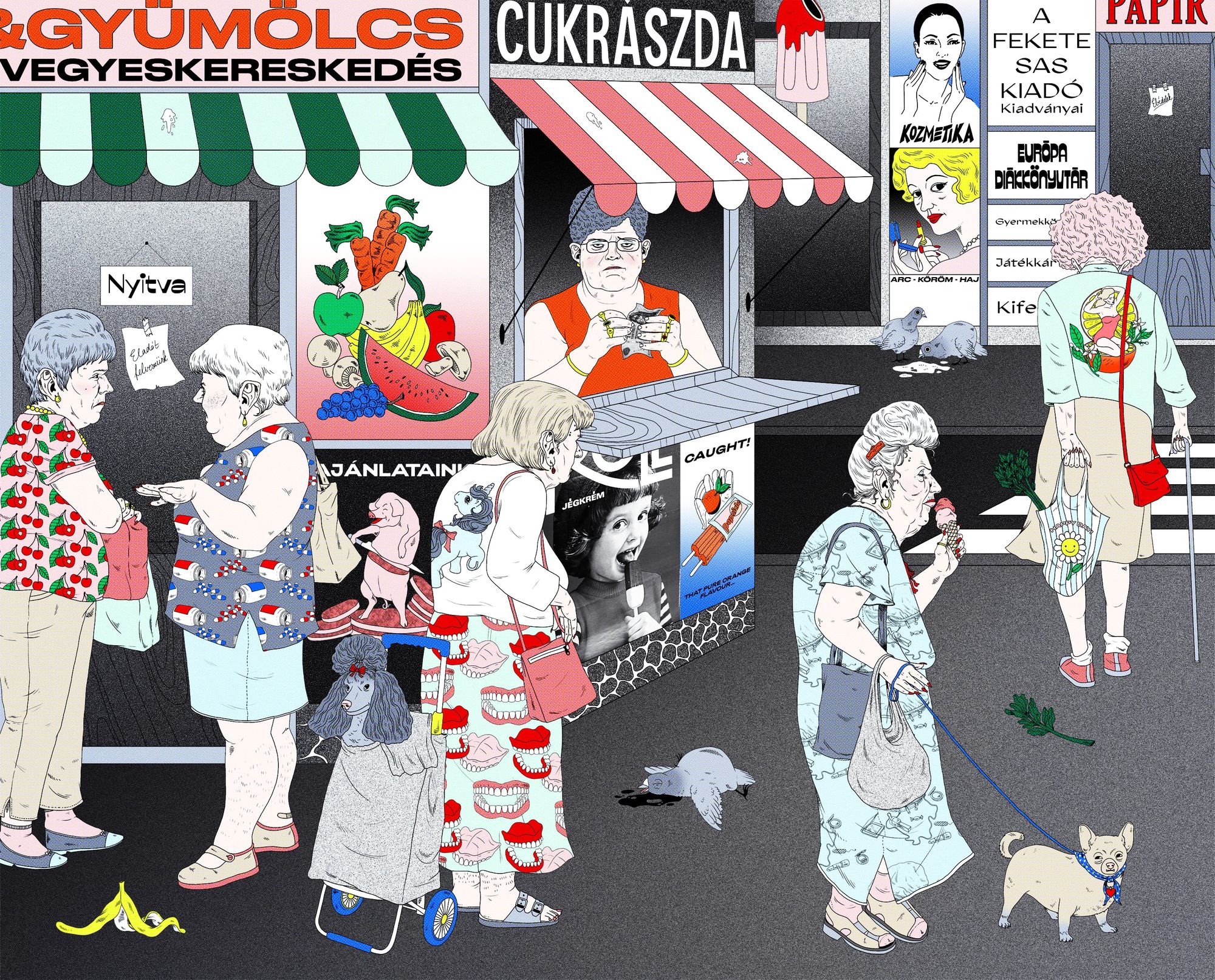
What are your goals and dreams for the future?
It’s a bit difficult for me now, I have reassessed many things recently. My goal is to start my own studio one day, in a more serious manner, with larger companies. I want to continue doing what feels good, and most importantly, I want to create my graphics with love and present my little world through them. I have no intention of changing professions, but if I do become an organ dealer, I certainly won’t tell you about it!
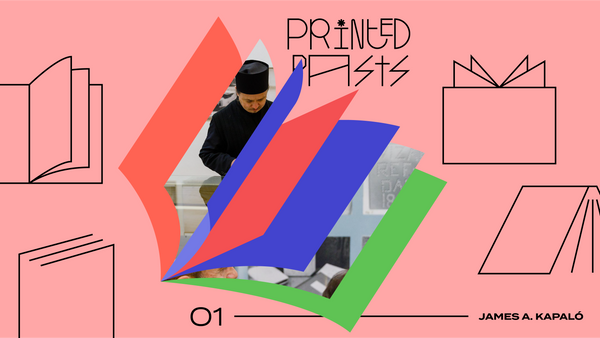
Blessed Food and Hidden Cameras – Interview with James A. Kapaló | Printed Pasts
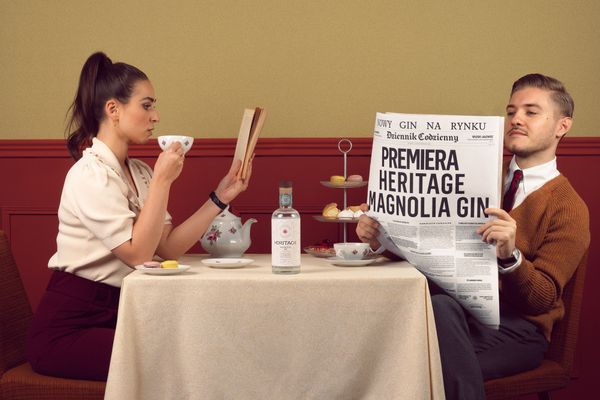
The heritage of blooming magnolias in a bottle | Magnolia Heritage Gin
